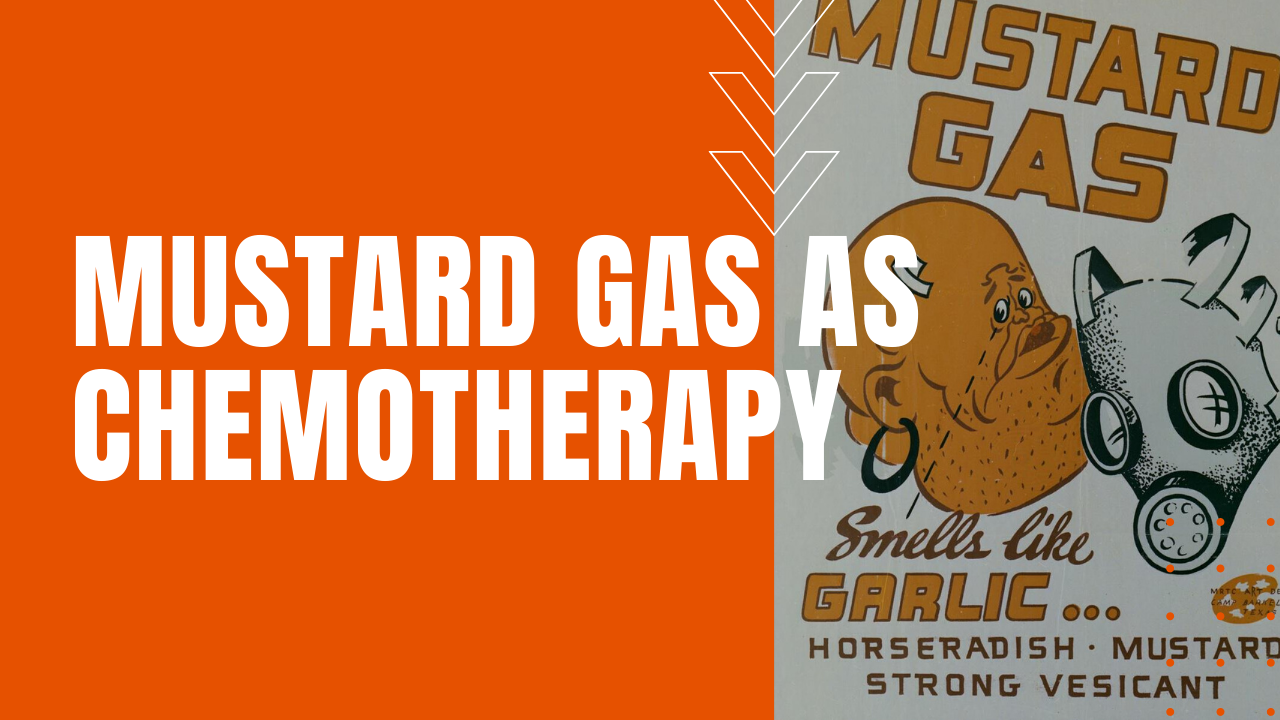Mustard Gas of WWI Leads to Chemotherapy for Cancer

When the Germans introduced the horrors of chemical warfare to the battlefields of the First World War, one of their favorite go-to agents was the devastating sulfur-based cytotoxic chemical known as mustard gas.
Although banned by the Geneva Protocol of 1925, the outbreak of World War Two caused concerns from the Allied nations that Germany would yet again revert to chemical weapons. The Allies’ concerns led to further study, which discovered that mustard gas or nitrogen mustard, appeared to be an effective treatment against cancer.
As a result, two pharmacologists from the Yale School of Medicine were commissioned by the US Department of Defense to investigate potential therapeutic applications of chemical warfare agents.
Louis Goodman and Alfred Gilman observed that mustard gas was too volatile an agent to be suitable for laboratory experiments, but when they exchanged a nitrogen molecule for sulfur, they discovered a more stable compound in nitrogen mustard.
How Chemotherapy was Discovered from Mustard Gas
A year into the start of their research, a German air attack at the American’s Fifteenth Air Force supply port at Bari, Italy led to the exposure and death of 1,000 port workers, when a secret cargo of mustard gas bombs released their deadly contents when they exploded on the SS John Harvey.
Dr. Stewart Francis Alexander, an expert on chemical warfare, was subsequently deployed to investigate the aftermath, and upon autopsy of the victims, he discovered that a profound lymphoid and myeloid suppression had occurred after exposure to mustard gas.
After their initial anti-cancer discovery, Goodman and Gilman set up an experimental animal model where they established lymphomas in mice, treating the cancers effectively with mustard agents.
Next, in collaboration with thoracic surgeon Gustaf Lindskog, they injected mustine (the first prototype nitrogen mustard chemotherapy agent) into a patient with non-Hodgkin’s lymphoma, observing a profound reduction in the patient’s tumor masses. After the first clinical trials for the newly discovered chemotherapy agent was reported in 1946, chemotherapy has become one of the primary cancer treatment options throughout the modern world.
